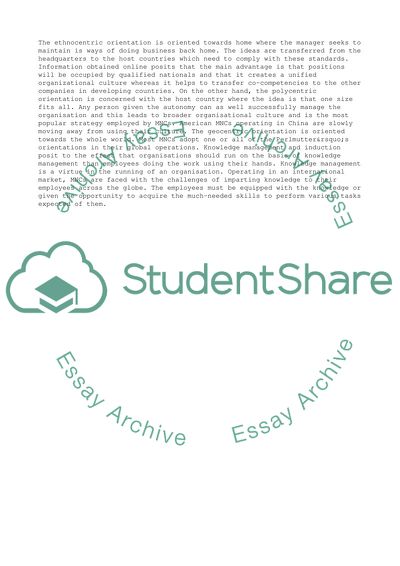Cite this document
(The International HR Managers for MNCs and Their Strategies Research Paper, n.d.)
The International HR Managers for MNCs and Their Strategies Research Paper. Retrieved from https://studentshare.org/business/1736756-international-comparative-human-resource-management
The International HR Managers for MNCs and Their Strategies Research Paper. Retrieved from https://studentshare.org/business/1736756-international-comparative-human-resource-management
(The International HR Managers for MNCs and Their Strategies Research Paper)
The International HR Managers for MNCs and Their Strategies Research Paper. https://studentshare.org/business/1736756-international-comparative-human-resource-management.
The International HR Managers for MNCs and Their Strategies Research Paper. https://studentshare.org/business/1736756-international-comparative-human-resource-management.
“The International HR Managers for MNCs and Their Strategies Research Paper”, n.d. https://studentshare.org/business/1736756-international-comparative-human-resource-management.


